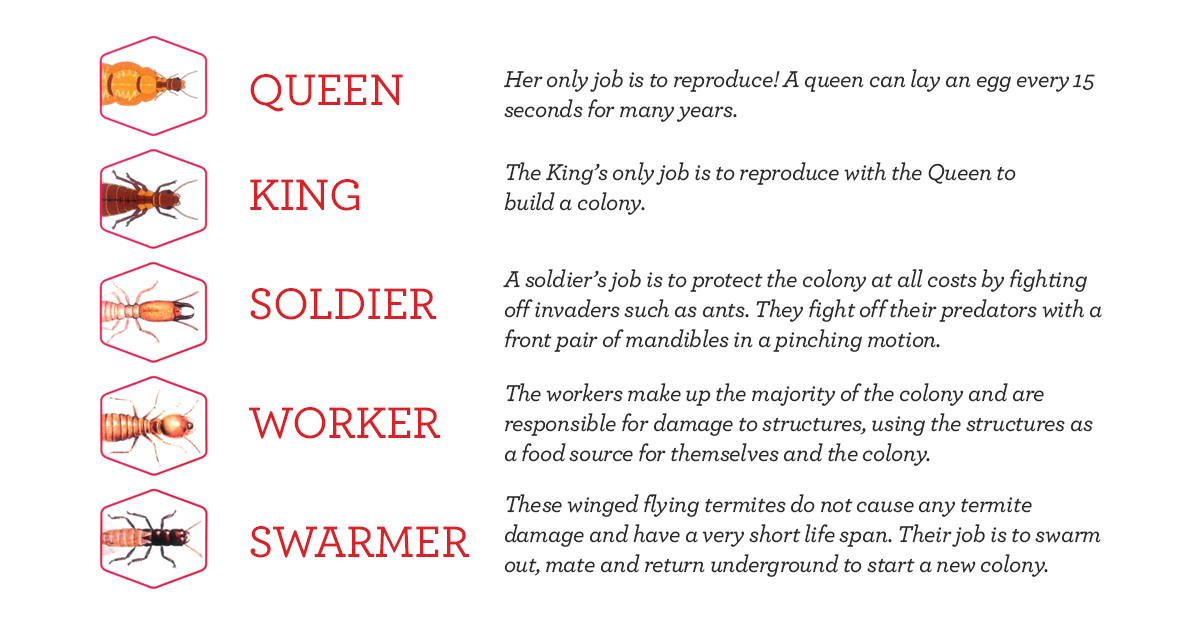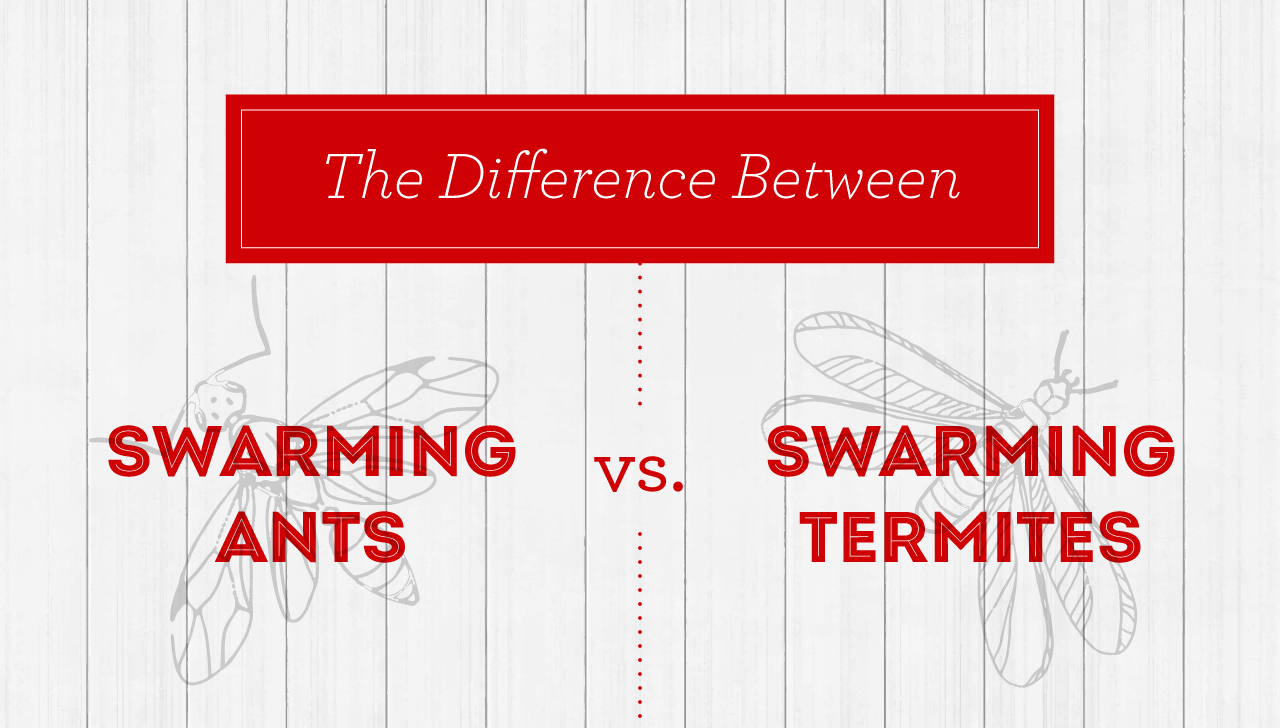
Types of Termites in Louisiana and How They Can Damage Homes and Structures
In Louisiana, the two largest termite species are the native subterranean termites and the Formosan subterranean termites. It’s important to understand termite behavior so you can learn how to protect your home. Native termites are common throughout the state, nest in soil and wood, and prefer softwoods. Formosan termites are more aggressive, destructive, and adaptable to various nesting environments, including high-rise buildings. They prefer hardwoods but will also attack softwoods. Therefore, homeowners in Louisiana should be vigilant in protecting their properties from Formosan termites due to their destructive nature.
While both types of termites look similar, there are some key differences in their appearance. Native termites are usually about 1/4 inch long and have a light brown or creamy white color. They have straight antennae and straight bodies, and their wings are about twice the length of their body. Formosan termites, on the other hand, are slightly larger, about 1/2 inch long, and have a yellowish-brown color. They have curved or bent antennae and their wings are longer than their bodies.
In terms of swarming, both native and Formosan termites typically swarm during the spring. However, there are some differences in their swarming patterns. Native termites usually swarm in February and March, while Formosan termites tend to swarm around Mother’s Day weekend in May.
During a termite swarm, the winged termites leave their colonies to mate and start new colonies. This is often when homeowners first notice a termite infestation, as they may see swarms of flying termites around their property or find discarded wings on windowsills or other surfaces.
It’s important to note that while native termites are more common in the United States, Formosan termites are more aggressive and can cause more damage to structures. If you suspect you have a termite infestation, it’s best to contact a professional pest control company to assess the situation and develop a treatment plan.
For detailed guidance on identifying and controlling termites, visit the EPA guide on termites.
Understanding Termite Behavior and the Damage They Can Cause to Wooden Structures
Termites are social insects that live in large colonies. They feed on cellulose-based materials, such as wood, and can cause significant damage to buildings and other wooden structures. Termites have a highly organized social structure with specialized roles for each member, including workers, soldiers and reproductive individuals. Workers are responsible for gathering food, caring for the young and maintaining the nest. Soldiers defend the colony against predators. Reproductive individuals are responsible for creating new colonies.
Termites communicate with each other through pheromones, chemicals that transmit signals between individuals. They also use physical contact and vibrations to communicate. Termites can construct elaborate nests, including tunnels and chambers, that are designed to maintain a stable environment for the colony. Some termite species, such as subterranean termites, build mud tubes to travel through and protect themselves from predators.
Termites require a source of moisture to survive and are attracted to areas with high humidity. They are most active during the warmer months but can continue to feed and reproduce year-round in warm, humid environments. Infestations can be difficult to detect, as termites often feed on the inside of wood, leaving the outer layer intact. Therefore, regular inspections and preventative measures are necessary to protect wooden structures from termite damage. By learning about termite behavior, you can take the right precautions and work with professionals to prevent costly damage to your home.
If termites are bugging you, then it’s time to get rid of them. Give The Bug Man a call today.






